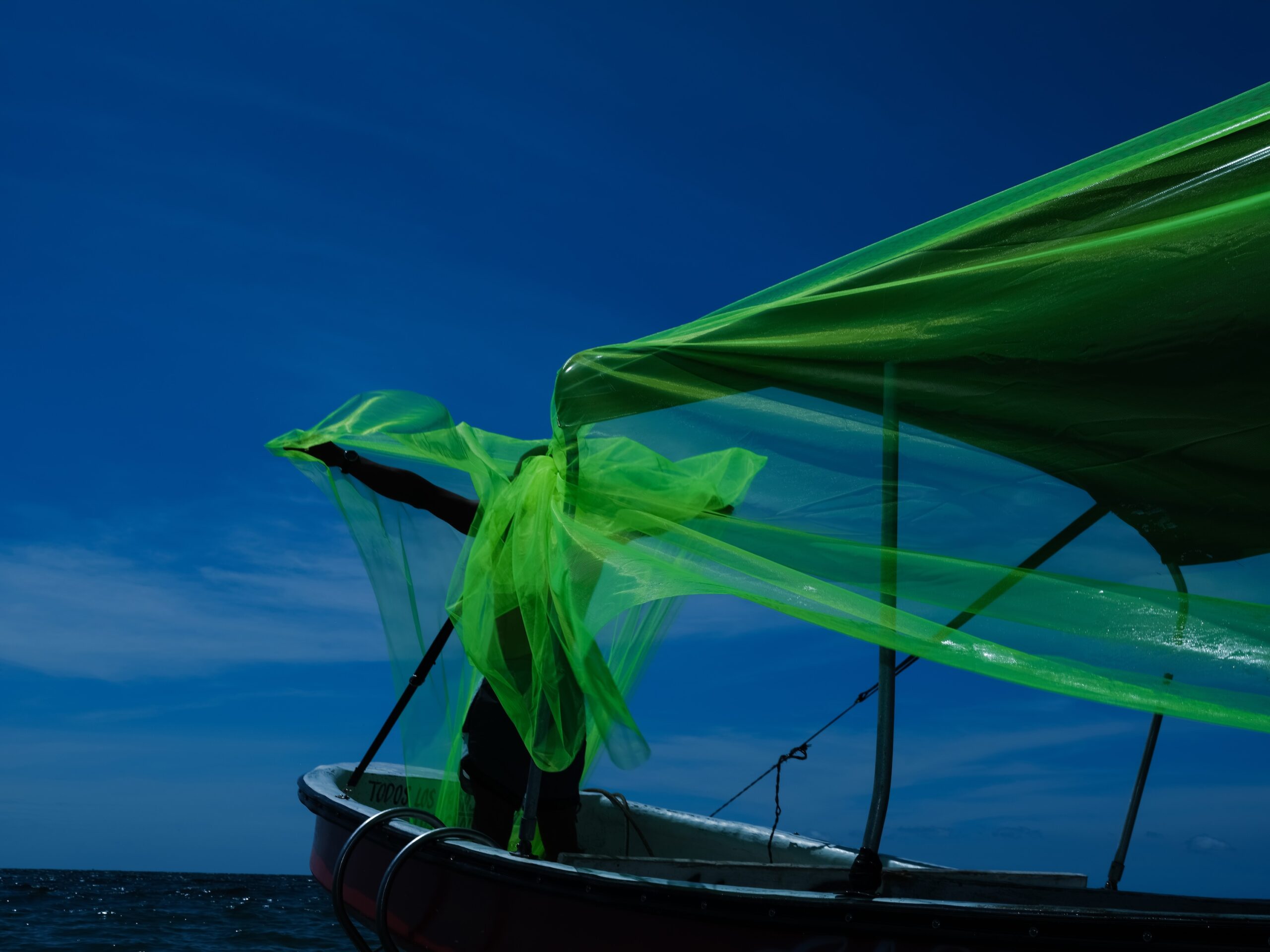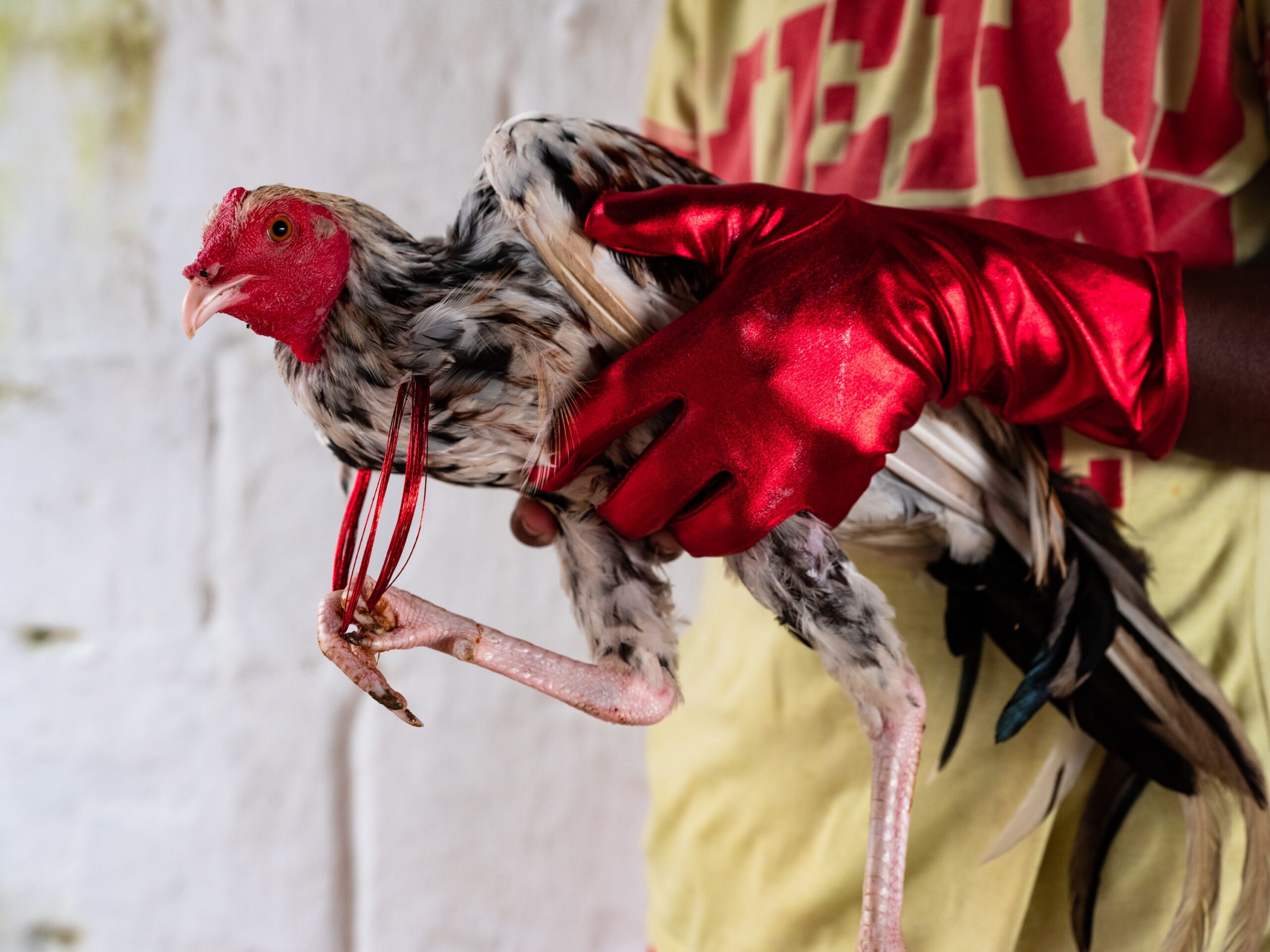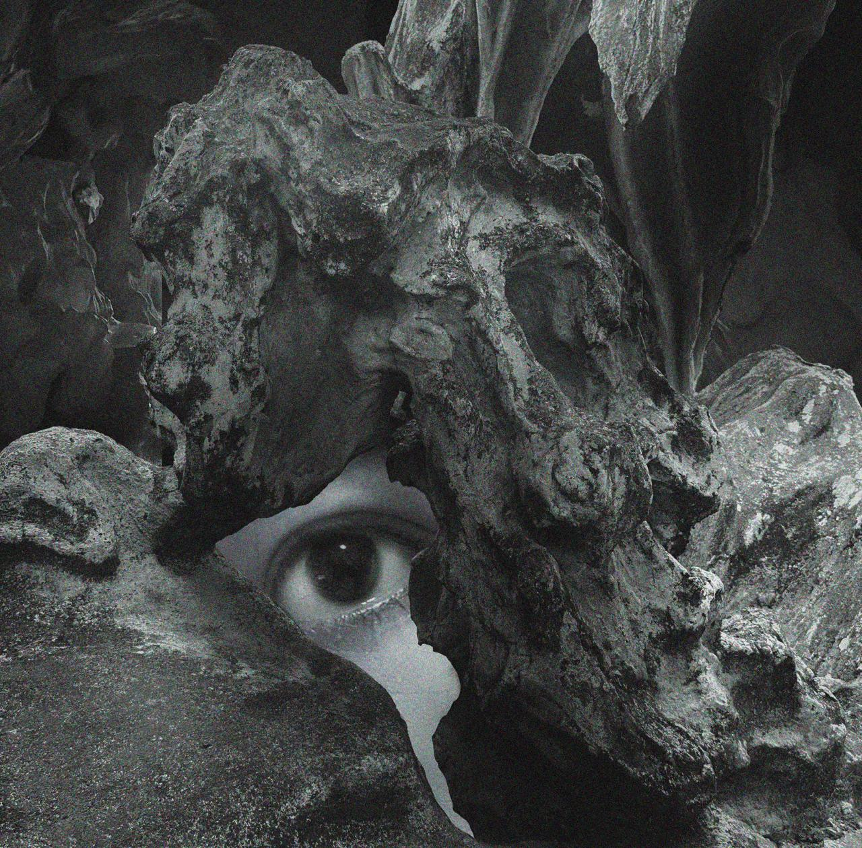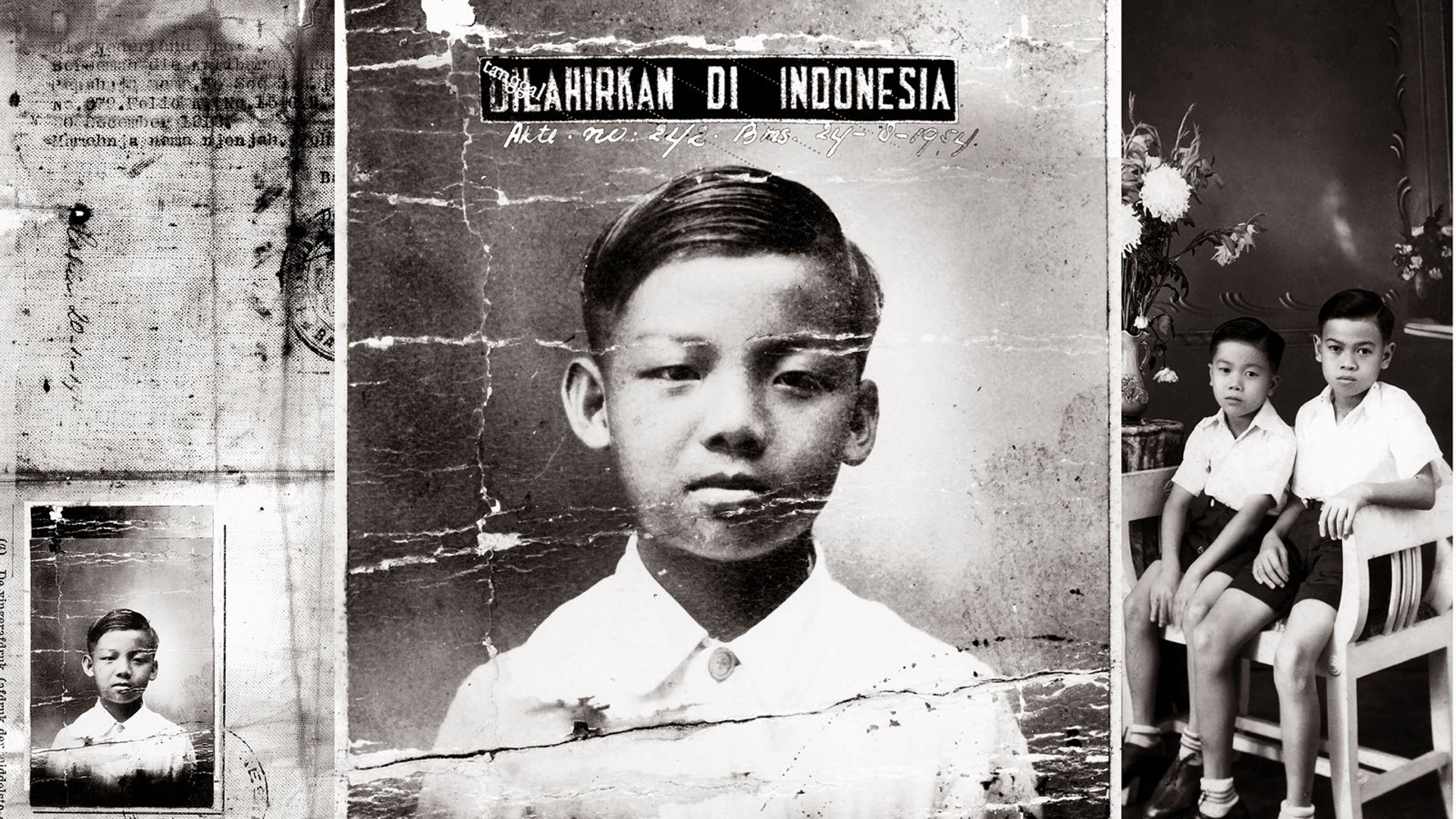“The Fish Dies By Its Mouth / El pez muere por la boca” reflects on the resilience and resistance of peoples in contexts of drug trafficking and fishing. The beach line connects the sea (or river) with the continent (or mainland) where amphibious communities inhabit with long traditions of music, dance, hairstyles, games and celebration. Also of agriculture, gastronomy, tourism, whale watching and nature. This peace is permeated by paramilitary presence, violence and drug trafficking.
Drug traffickers need access to the coast to get their product out to sea. During these trips in speedboats, they are intercepted by the Colombian Navy or naval force, and their way of escaping is to drop the cargo to make the boat lighter. Fishermen from towns such as Rincón del Mar, Sucre, in the Atlantic, or Bahía Solano, Chocó, in the Pacific, occasionally find packages that can mean a year’s income or one-week rumbas. Some succumb to this pressure; others stand firm in the face of the onslaught of illegality. Such macabre characters as Pablo Escobar or “Cadena” reigned in these lands and conditioned the daily life and rules of the community.
“The inhabitants of Rincón del Mar remember that more than twenty years ago the regime of life imposed on them by the paramilitaries was so fearful and cruel that on a whim of Rodrigo Mercado, alias “Cadena”, an elementary school was knocked down so that it would no longer block the view of the sea from his house, located in the center of that place”. Pablo Escobar, for his part, ordered the construction of hotels in Isla Palma and Bahía Solano to stay during his visits, as a summer resort.
“The Fish Dies By Its Mouth / El pez muere por la boca” is a participatory and intervention project in which the community is an active part in the creation of the images. The contrasts between traditions (peaceful states) and armed pressure (paramilitary and drug trafficking groups) are expressed in different actions, landscapes, bodies and objects. Everyday life intermingles with the construction of the scenes. Here, the performative act is confused with the swaying of reality, as a song to that undefined limit between sea and land, between legality and prohibition.










